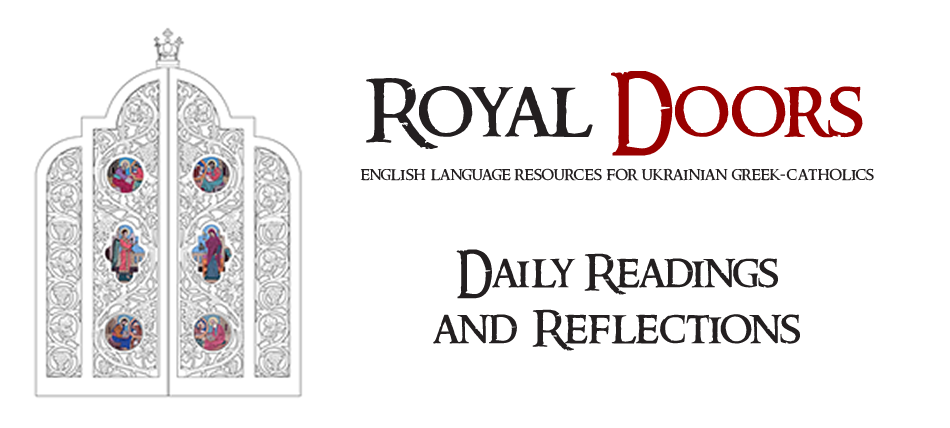by Brent Kostyniuk
It is often said that icons are windows onto heaven. Indeed, that is exactly what they are meant to be. In their beauty, in their unique artistic style, and in the theology they convey, icons do lead us away from this world and into the next.
Unlike other forms of religious art, icons are not meant to be realistic. As the noted Canadian iconographer Myroslaw Tataryn explains, “…they are symbols that reveal, in an artistic manner, a profound spiritual truth – the mysterious reality of God’s presence in human life.”
The question of whether or not it is permissible to even consider portraying God through art was passionately debated in the early Eastern church and eventually led to two iconoclasm movements, first between about 726 and 787, and again between 814 and 842. Such was the vigour of the Byzantine iconoclasts, that they actively destroyed any image they found. From this comes our modern usage of the term, meaning someone who attacks cherished beliefs or principles.
Happily, the iconoclasm heresy was overcome thanks to the work of such defenders as St. John of Damascus. “If you understand that the incorporeal One became man for you, then it would be evident that you can make his human image. Since the Invisible One became visible by taking on flesh, you can fashion the image of Him whom you saw. Since He who has neither body nor form nor quantity nor quality, who goes beyond all grandeur by the excellence of His nature, He, being of divine nature, took on the condition of a slave and reduced Himself to quantity and quality by clothing Himself in human features. Therefore, paint on wood and present for contemplation Him who desired to become visible.”
While it is customary to pray with icons, this Christmas there will be the opportunity to play and pray. The Ukrainian Catholic Eparchy of Edmonton, through its Religious Education department, has produced a jigsaw puzzle, based on the Nativity icon held in St. Josephat’s Cathedral in Edmonton. A pet project of Bishop David, the puzzle’s 1000 pieces can be assembled into a 20 by 26 inch icon. While some may see this as a very unconventional use of sacred art, the puzzle is meant to encourage theological discussion and meditation, in the context of a pleasant social activity.
The Nativity Icon presents the Birth of Christ, along with the theology of the event. We see the joy of all creation as God became man and entered into our human life as a baby wrapped in swaddling clothes lying in a manger. His presence shines radically with the black opening of the cave in which He was born. Symbolically, the spiritual light of Christ’s birth radiates through the shadow of death encompassing man. The Virgin Mother is shown half-sitting, supported by a hammock type bed used by the early Jews in their travels. Striking is the absence of the usual sufferings of childbirth, an indication of the virgin birth of Christ.
All creation is called to the birth. In the icon, we see an angel announcing the event to two shepherds. As well, three angels attend the birth, while a donkey and ox look on.
In the icon, several episodes are grouped together and shown simultaneously. In the bottom left corner, Joseph sits in painful thought, while the devil, under the guise of an old and bent shepherd, suggests new doubts and suspicions to him.
In the bottom right corner, two women are seen bathing the new born infant, to show the real humanity of Jesus. The mountainside is a backdrop to the event. While it bears little correspondence to the terrain of Bethlehem, it parallels a line from the prayer of the Prophet Habakkuk, “God comes from Teman, the Holy One from Mount Paran. Covered are the heavens with His Glory, and with His praise the earth is filled” (Habakkuk 3:3). One final detail is the tree across from the image of Joseph, included not only in its own right as an offering to Christ, but also as the symbol of the Tree of Jesse. In the words of the Prophet Isaiah, “But a shoot shall sprout from the stump of Jesse, and from his roots a bud shall blossom. The spirit of the Lord shall rest upon Him” (Isaiah 11: 1-2).
As this jigsaw is pieced together, so too can our understanding and appreciation of the Nativity story grow through this window to heaven.

